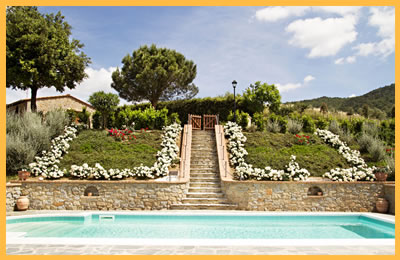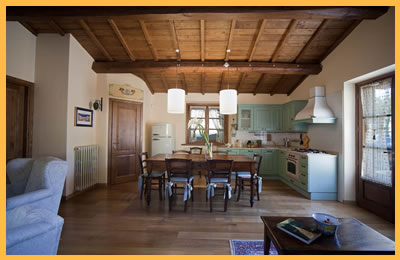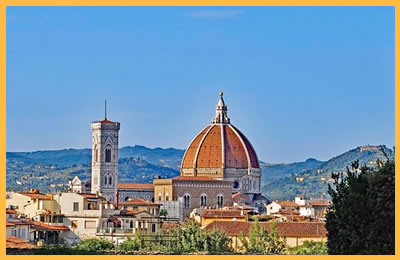Nido degli Ulivi
Outside Gallery

Nido degli Ulivi is a unique and elegant place to spend holidays immersed in history and nature, between relaxation and privacy.
Inside Gallery

Nido degli Ulivi! Where the elegance of the furniture blends with the Tuscan tradition. Rooms to live and love for a unique holiday.
Travel in Tuscany

Nido degli Ulivi is located in a strategic position, from here begins your discovery of Tuscany: cities and unique landscapes.
The Nido degli Ulivi
Our Staff Is Ready To Respond At You
Our Blog around “Nido degli Ulivi”
About Cortona
Nido degli Ulivi is near Cortona and Cortona is located in a beautiful position on a hill at 650 meters, surrounded by olive trees and vines and faces one of the most harmonious landscape of Italy. The origins of this town are full of legends and mistery. Virgilio says that Daradano, after had founded the town, left for the orient and built Troia. Many other greek authors, like Teopompo, Aristotele and Licofrone say that Ulisse died in Cortona. Sure is that, at the Etruscan time, Cortona was one of the twelve Lucumonìe. The Greek called it “Croton”, Tito Livio “Cortona” and Virgilio, in his poem Eneide, called it “Corytus”. The evidence of his appurtenance at the Etruscan Civilitation is well showed by the impressiveness of its wall and by the large quantity of exhibits and archeological treasures that are kept in the museum of the Etruscan Academy. The recently discovery of the monumental tomb named “Melone II del Sodo”, which dates back to the VI cen. b.C., confirms the extremely importance of this town in the Etruscan History. Cortona became a roman colony at Lucio Cornelio Silla time. During the second Punic War, the 24th June 217 b.C., nearby the Trasimeno Lake, which is very closed to Cortona, Annibale with his strong army faced the roman army, commanded by Flaminio consul, and the battle which led to is remembered as one of the most bloody of our history. During the barbarian invations Cortona was devastated by the Goti, (450 a.C.); by then, the further news we get about the town are related at the XIII cen., when Cortona was became a free city with its owen currency and which was often in competition with the town of Arezzo. At the time of the fightings between the Guelfi and Ghibellini, Cortona chose to be Ghibellian and was visited and privilised by Frederic the Second of Sweden and Henry the Seventh of Luxemburg. The Casali Family ruled the town of Cortona since 1325 to 1409 and obtained this privilege grace to its political merits. Since 1529 Cortona became part of the Granducato of Tuscany and, before with the Medici Family and then, since 1737, with the Lorena Family, followed its sourt. At last Cortona became part of the new Reign of Italy in the 1860. The illustrious men, the palace and the churces of Cortona are evidence of its Middle Ages and Renaissance tradition. Welcome Nido degli Ulivi!





